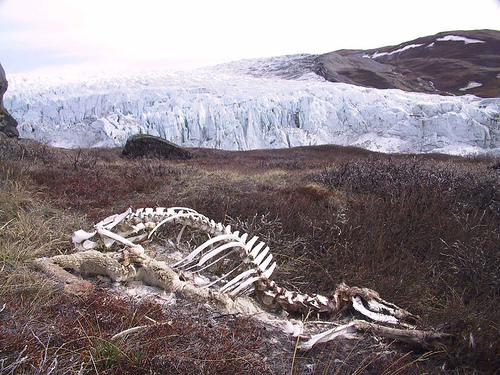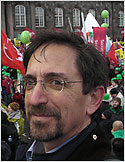A sad development in South Africa provides fresh support for my shift in this blog toward exploring ways universities can help create a global network for sharing and shaping ideas — what I’ve taken to calling the “Knowosphere.”
 Adrian De Kock/Associated Press Prospective students darted through crowds at the gates to the University of Johannesburg.
Adrian De Kock/Associated Press Prospective students darted through crowds at the gates to the University of Johannesburg.Read the coverage of a deadly student stampede that just took place as thousands of applicants for hundreds of slots converged at the gates to the overburdened University of Johannesburg.
To me, there is nothing more tragic than seeing young people who are already eager to learn denied that chance — whether through inequity created by poverty or simply, as in this case, the lack of infrastructure. (I had that same feeling when I first saw photos of kids, lacking electricity in their slum dwellings, doing homework under the lights in an airport parking lot in Guinea.)
From South Asia through much of the Middle East and sub-Saharan Africa, it’d be impossible to build schools or train teachers fast enough to keep up with the “youth bulge” that has given humanity more than a billion teenagers either to nurture or tame — the difference depending largely on access to education beyond elementary grades.
But in these same places, explosive expansion in mobile phone subscriptions and fast-dropping costs for smart phones provide the architecture for a partial end run around such bottlenecks. That’s why the decision by the Massachusetts Institute of Technology to open more courses to online users is probably just a taste of what’s to come.
What’s needed now is the educational equivalent to Paul Polak’s work fostering progress in rural agrarian communities in poor places. His mantra is “design for the other 90 percent.”
Universities in the developed world seeking a place (and a business model) in a century in which knowledge is no longer cached in ivory towers would do well to find ways to “educate for the other 90 percent.”
What’s already happening along those lines?













